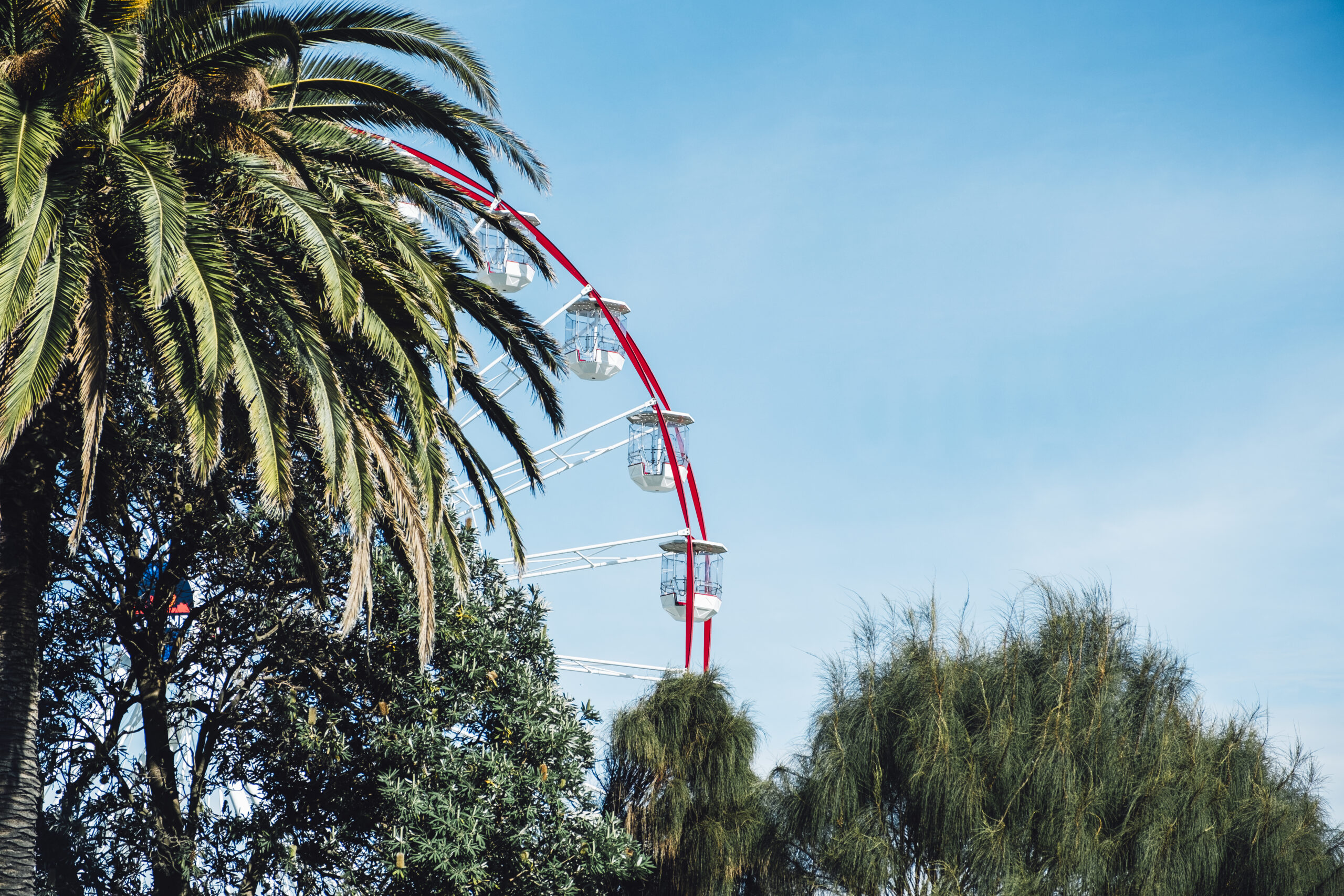This March offers an extraordinary opportunity to witness the breathtaking beauty of the Northern Lights, also known as the aurora borealis. Here’s your comprehensive guide to understanding this spectacular phenomenon and how you can optimize your viewing experience.
Understanding the Northern Lights
The Northern Lights are a natural light display caused by charged solar particles colliding with Earth’s magnetic field. These collisions excite atoms in our atmosphere, creating luminous colors. Green and pink lights are common, though vibrant reds, blues, and purples can also appear, depending on atmospheric conditions.
Why March is Ideal for Aurora Viewing
March is one of the best months to observe the Northern Lights due to increased solar activity around equinoxes. Clearer skies and milder weather in certain regions also enhance visibility. Nighttime hours are sufficiently long, yet not overwhelmingly cold, making this month perfect for aurora enthusiasts.
Where to View the Aurora Borealis
Optimal aurora viewing locations typically lie near the Arctic Circle. Popular spots include:
- Iceland: Particularly around Reykjavík and the countryside.
- Norway: Tromsø and the Lofoten Islands offer stunning backdrops.
- Alaska: Fairbanks is a renowned destination due to clear skies.
- Canada: Yukon and Yellowknife boast excellent viewing conditions.
Tips for Optimal Northern Lights Viewing
Maximize your chances of seeing the aurora with these practical tips:
- Check Aurora Forecasts: Websites and apps provide real-time aurora predictions.
- Seek Dark Skies: Move away from city lights to areas with minimal light pollution.
- Dress Warmly: Nighttime temperatures in viewing areas can be chilly, even in March.
- Allow Time: Auroras can appear unpredictably; patience and extended observation time enhance your chances.
- Bring Necessary Equipment: A tripod and camera capable of long exposure photography help capture memorable images.
The Science Behind the Magic
Solar wind interacting with Earth’s magnetosphere drives the Northern Lights phenomenon. When solar activity is high, particles from the sun reach Earth in greater numbers, intensifying aurora displays. Earth’s magnetic poles direct these particles toward polar regions, which explains the aurora’s prevalence near the poles.
Capturing the Aurora Borealis
Photographing the Northern Lights can immortalize your experience:
- Use a camera with manual mode and wide-angle lens.
- Set ISO settings high (800–3200), aperture wide (f/2.8–f/4), and shutter speeds between 10–25 seconds.
- A sturdy tripod is essential to prevent camera shake during long exposures.
Conclusion
Witnessing the Northern Lights is an awe-inspiring experience, blending beauty, science, and wonder. With ideal conditions this March, it’s a fantastic time to chase the aurora borealis. Prepare wisely, be patient, and enjoy one of nature’s most mesmerizing spectacles.



